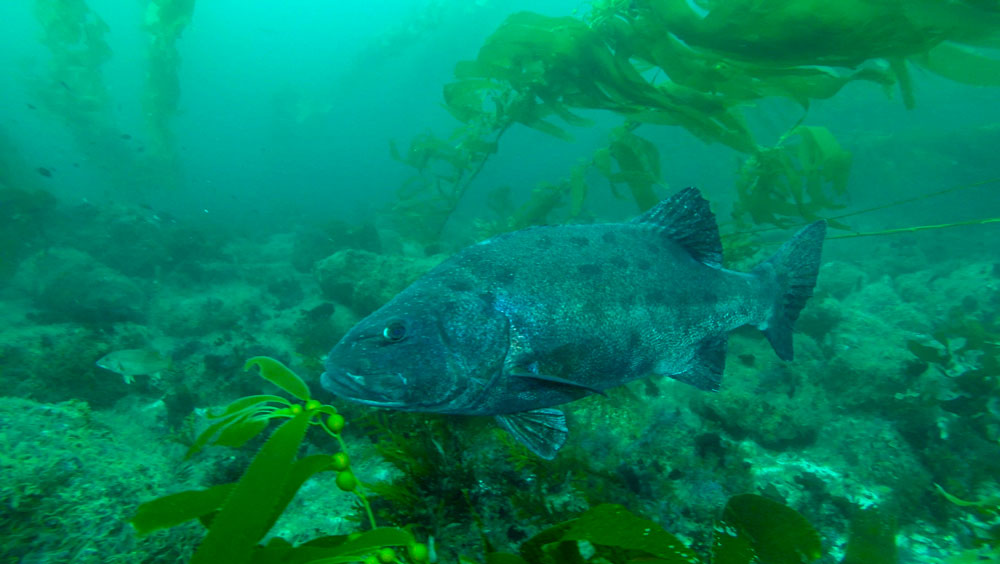The National Marine Sanctuaries Webinar Series is an important resource in spreading general information, research findings, and empowering all audiences to protect marine resources. Enjoy this assortment of kelp forest oriented recorded webinars that offer a unique perspective from scientists, divers, researchers, and others on the topic.

Sunflower Star Laboratory (SSL) is a conservation aquaculture nonprofit dedicated to restoring the critically-endangered Sunflower Star and saving California's kelp forests. In part because of the loss of this keystone urchin predator, over 96% of Northern California's kelp forests have disappeared in the last decade. In this talk, learn about how SSL is currently raising part of the first cohort of human-reared juvenile Sunflower Stars in California, conducting scientific research, and coordinating Sunflower Star recovery with partner institutions across North America.

California and Steller sea lions are large-bodied predators of the northern California Current Ecosystem. Historically, hunting of these two sea lion species by Native Americans regulated their distribution and abundance. The two populations of sea lions have experienced rapid increases in abundance along the shores of the contiguous United States since the passage of the Marine Mammal Protection Act in 1972 and shifts in their distribution. The objective of this talk is to share how Steller and California sea lion abundance and prey consumption has fluctuated in recent decades in northwest Washington. We'll also explore what the two species of sea lions eat and how the fluctuations in their prey consumption could be affecting their local ecosystem.
One of our nation's most spectacular marine protected areas, NOAA's Monterey Bay National Marine Sanctuary offers some of the best wildlife viewing in the world! This "Serengeti of the Sea" stretches along the central coast from San Francisco to Cambria and includes pristine beaches, jewel-like tide pools, lush kelp forests, steep canyons and an offshore seamount teeming with life—from tiny shrimp to giant blue whales. We invite you to learn more about this national undersea treasure. Join Dr. Lisa Wooninck, NOAA's Monterey Bay National Marine Sanctuary Superintendent, who will be speaking about the sanctuary's kelp forest ecosystems.

This "grand experiment" of the maritime fur trade throughout the North Pacific, including in Washington, has provided researchers with a unique opportunity to study sea otter populations by comparing areas where otters are absent versus areas in varying stages of recovery.

Tucked along California's coast is a vibrant underwater forest of towering kelp and diverse wildlife. In the last six years, unprecedented outbreaks of purple sea urchins have impacted kelp forests within Monterey Bay National Marine Sanctuary, lending several questions: What caused the urchin outbreak? How have sea otters responded? Will intervention and urchin culling enhance kelp recovery?

Giant Seabass are a species of large fish that live in the cool waters off the coast of California. This fish is the top predator of the Kelp Forest Ecosystems, but the population has been low because of overfishing.

This presentation looks at some of the impacts of climate change on Maine's ocean environment and the community-based approach the Island Institute takes to support island and coastal schools as they teach students how to plan for and adapt to climate change.